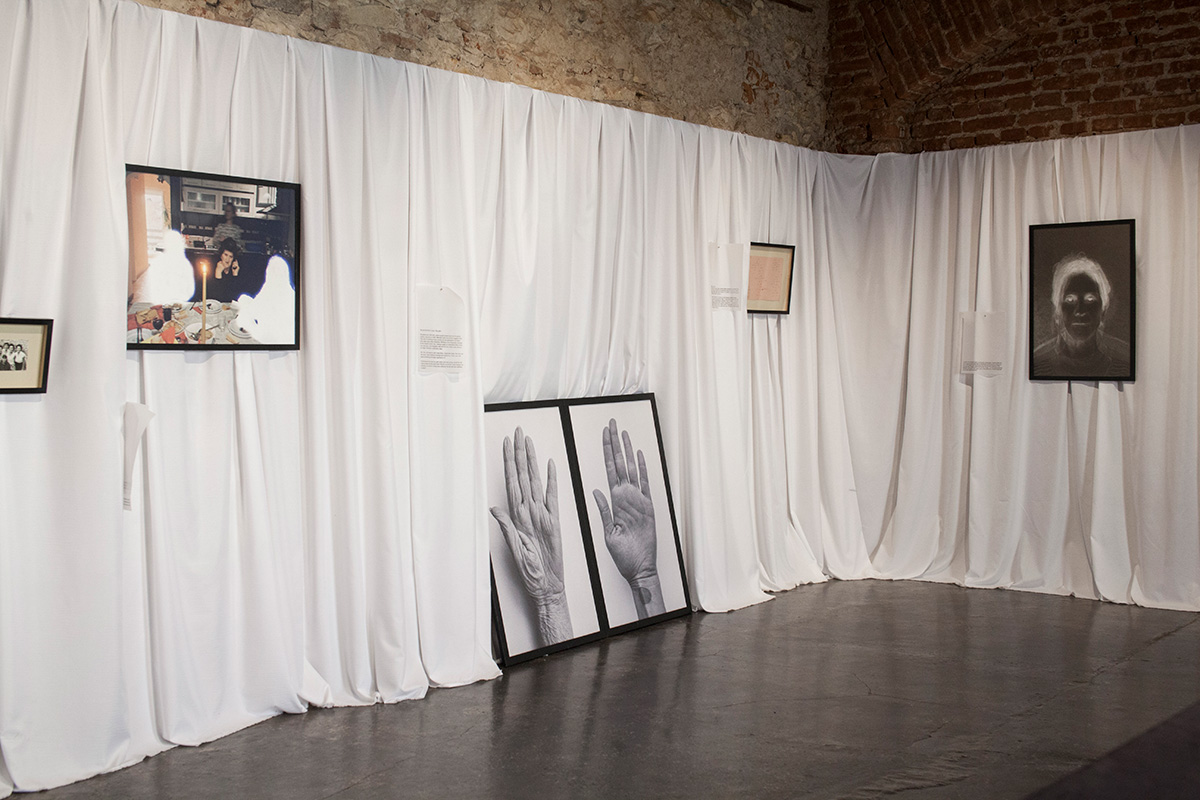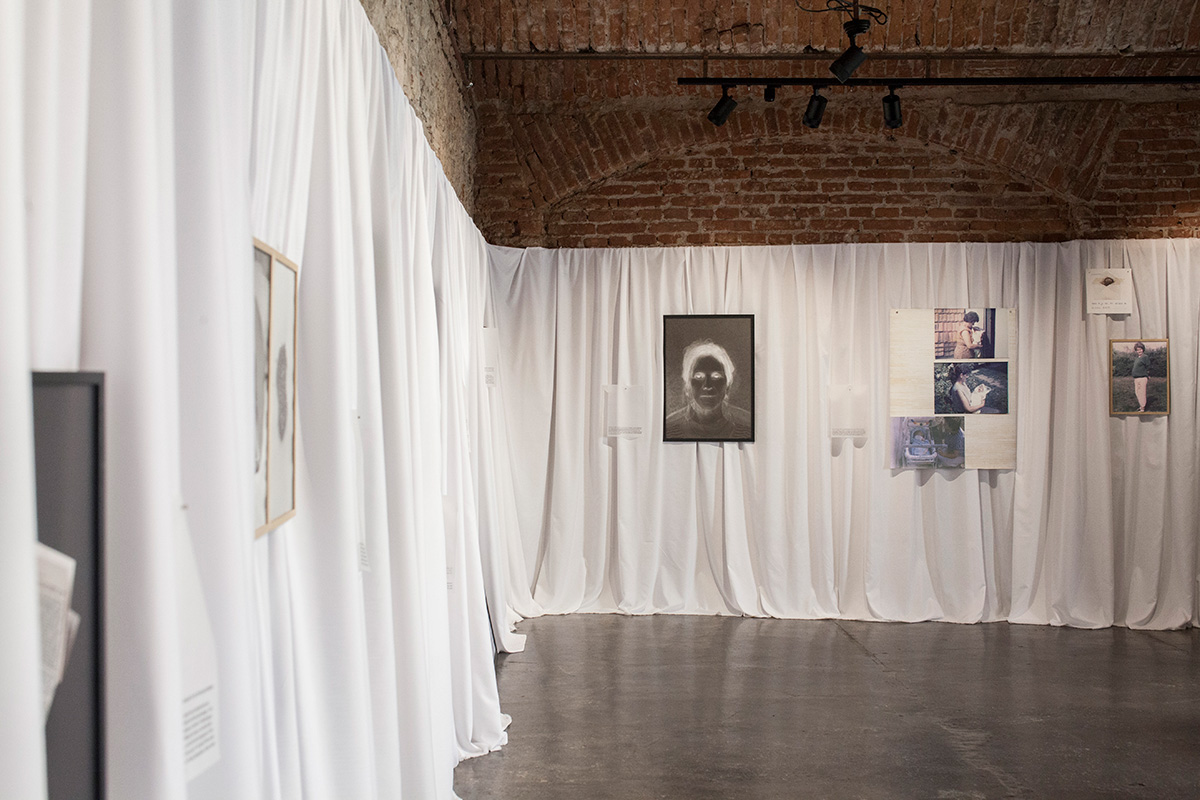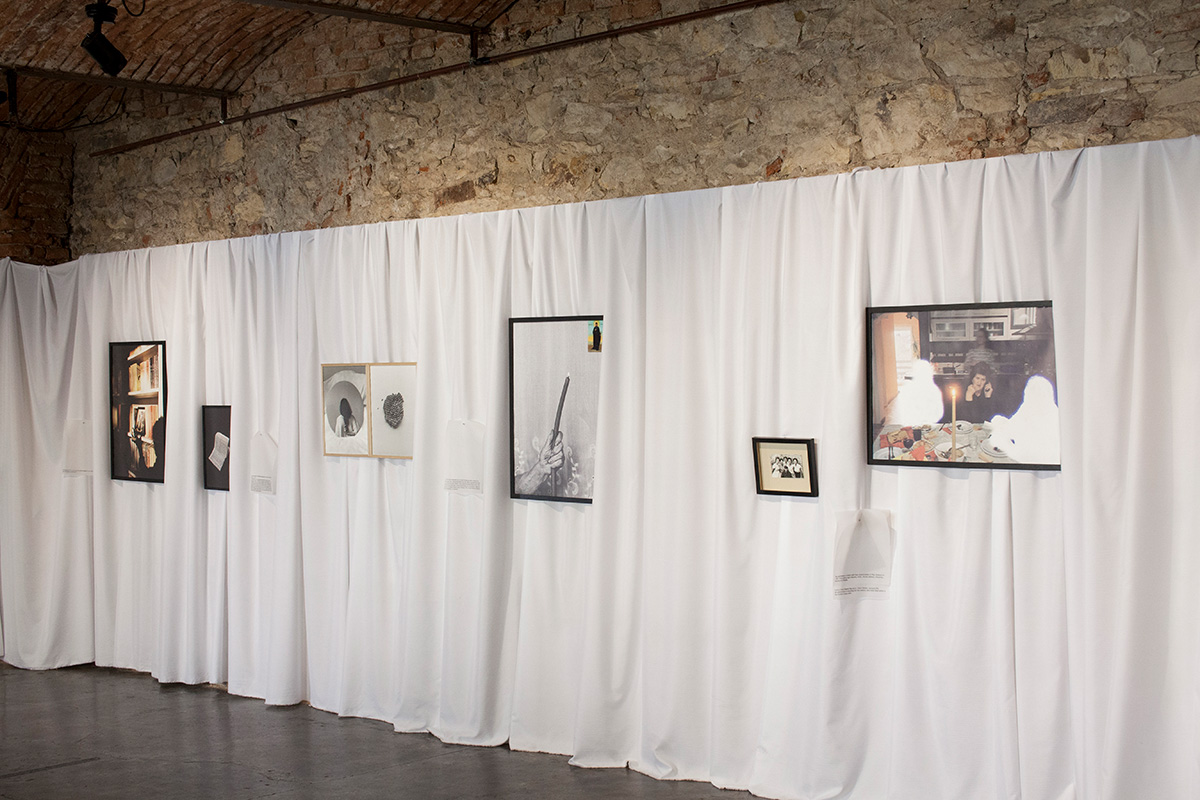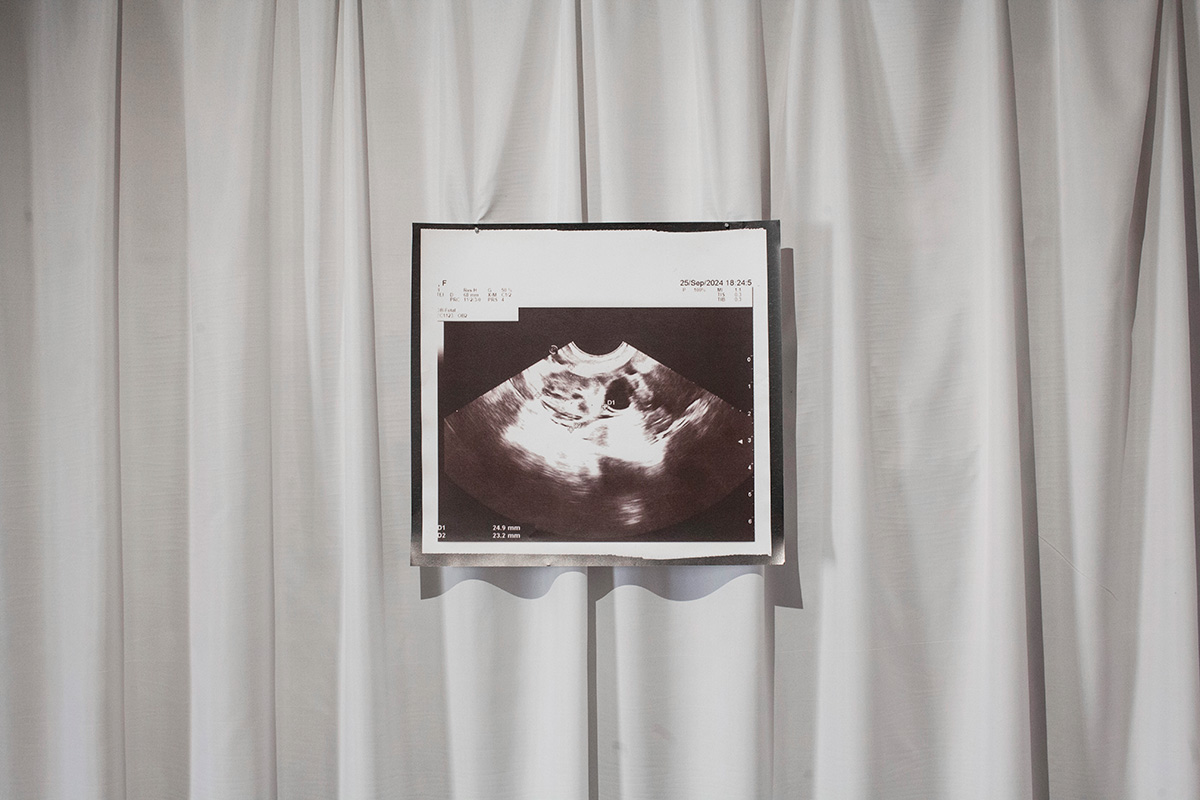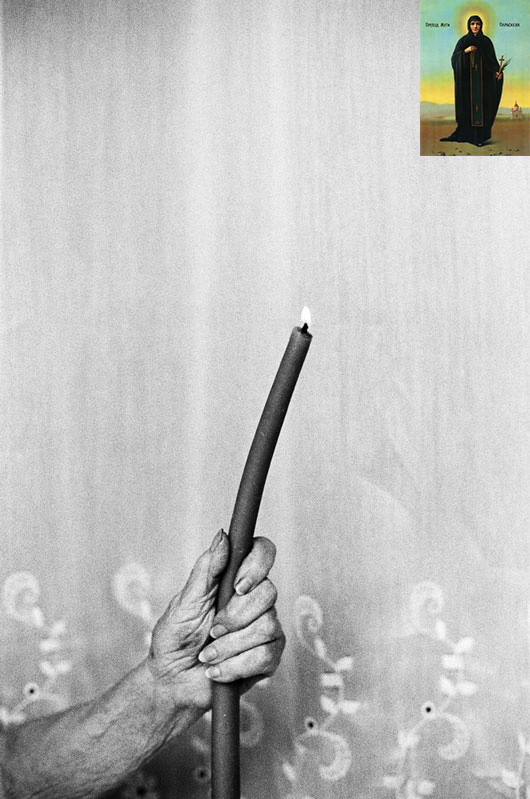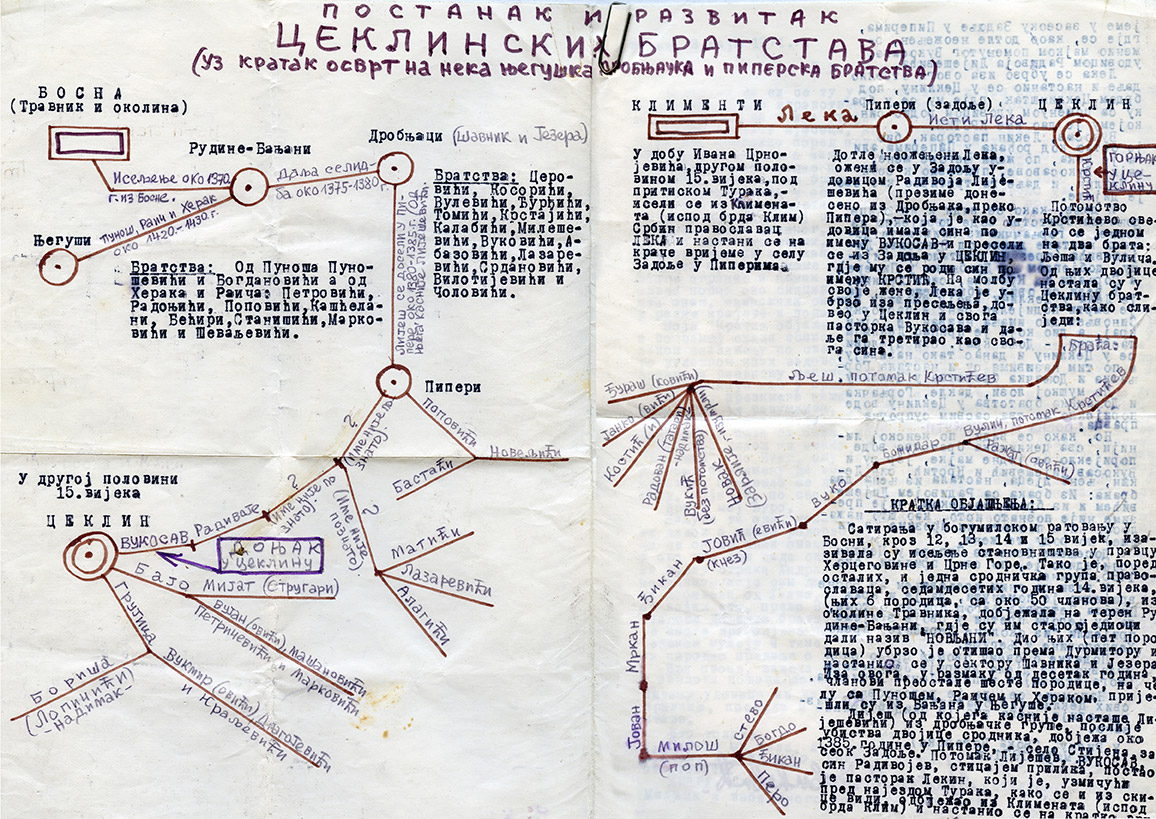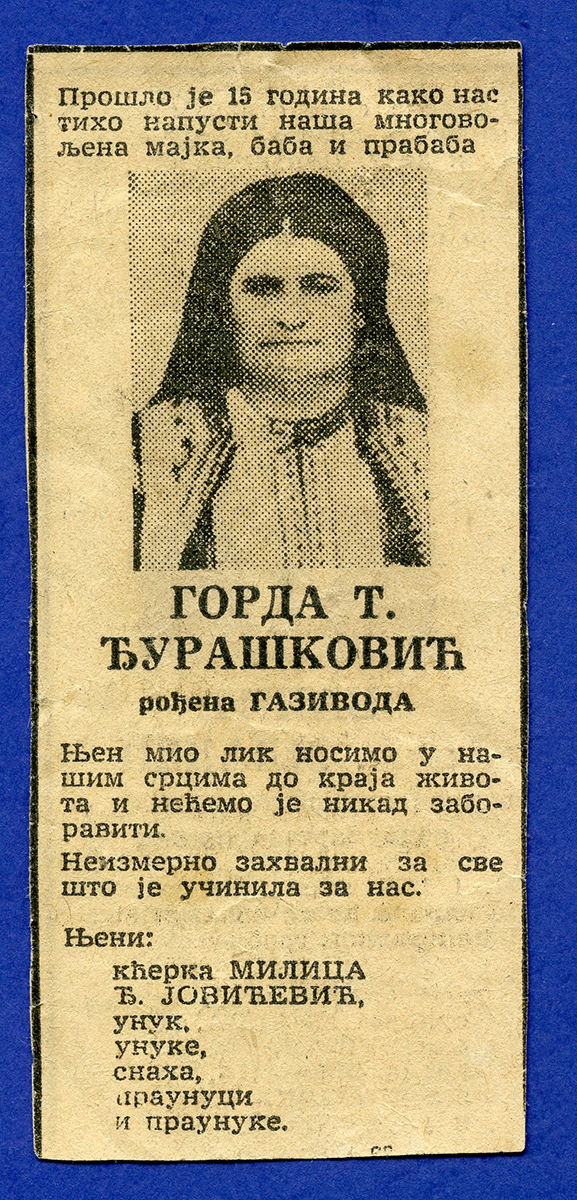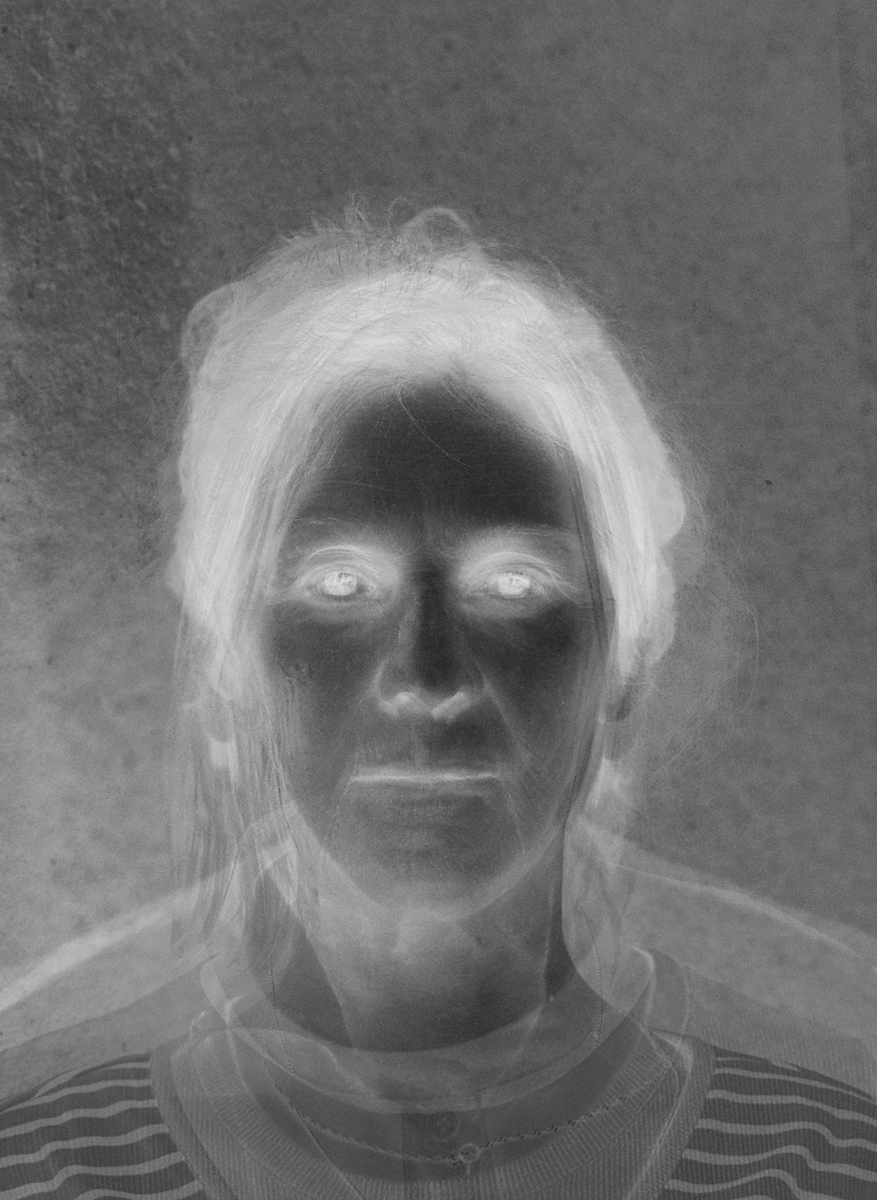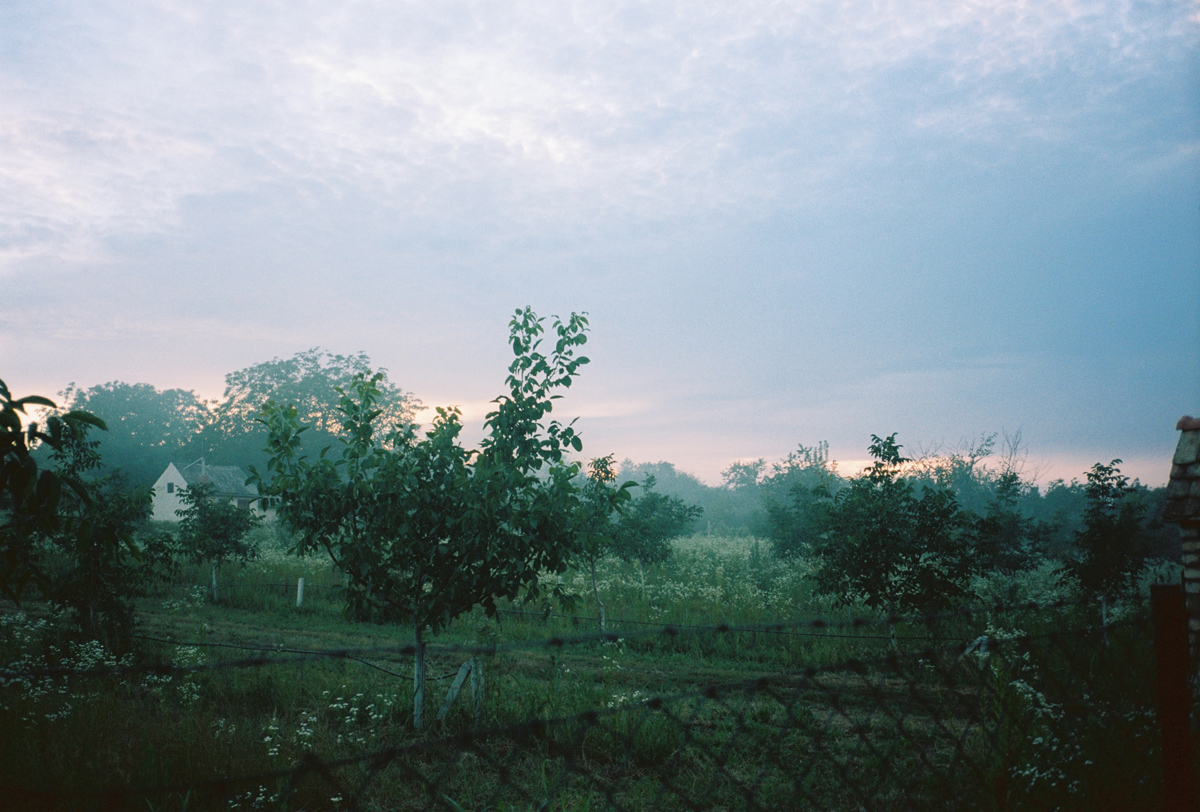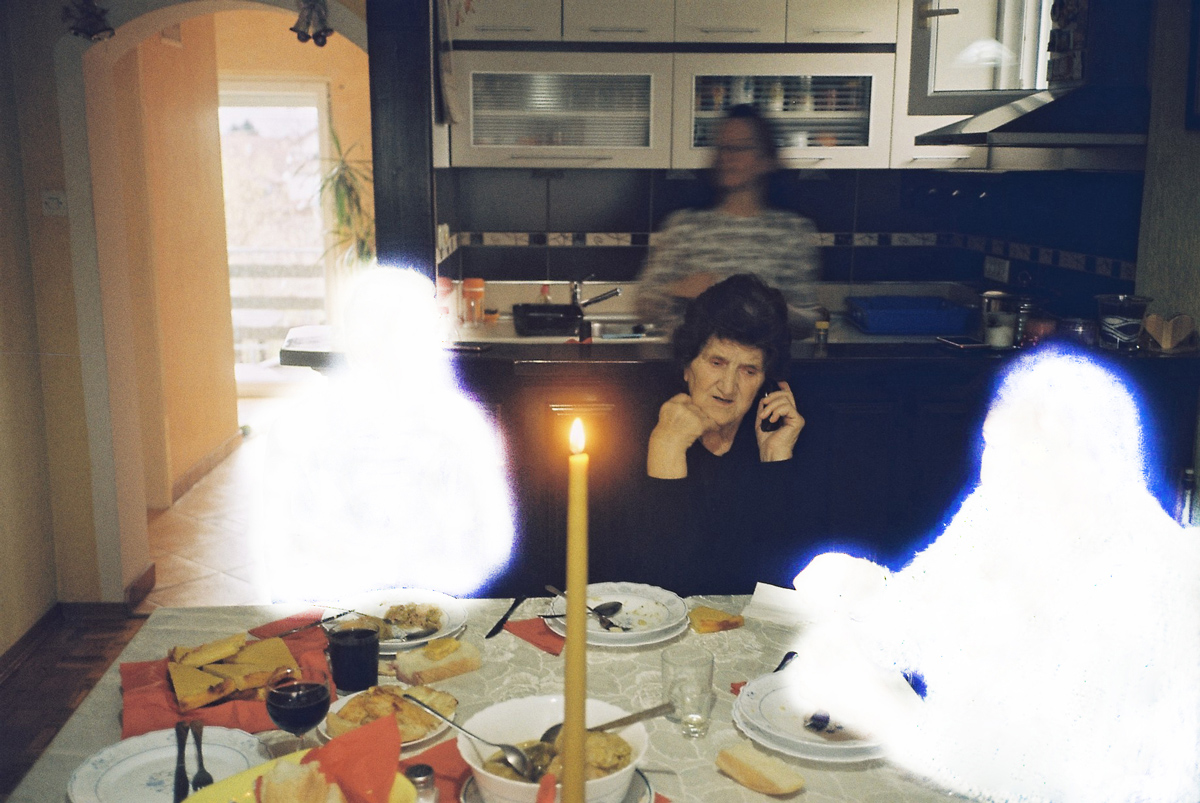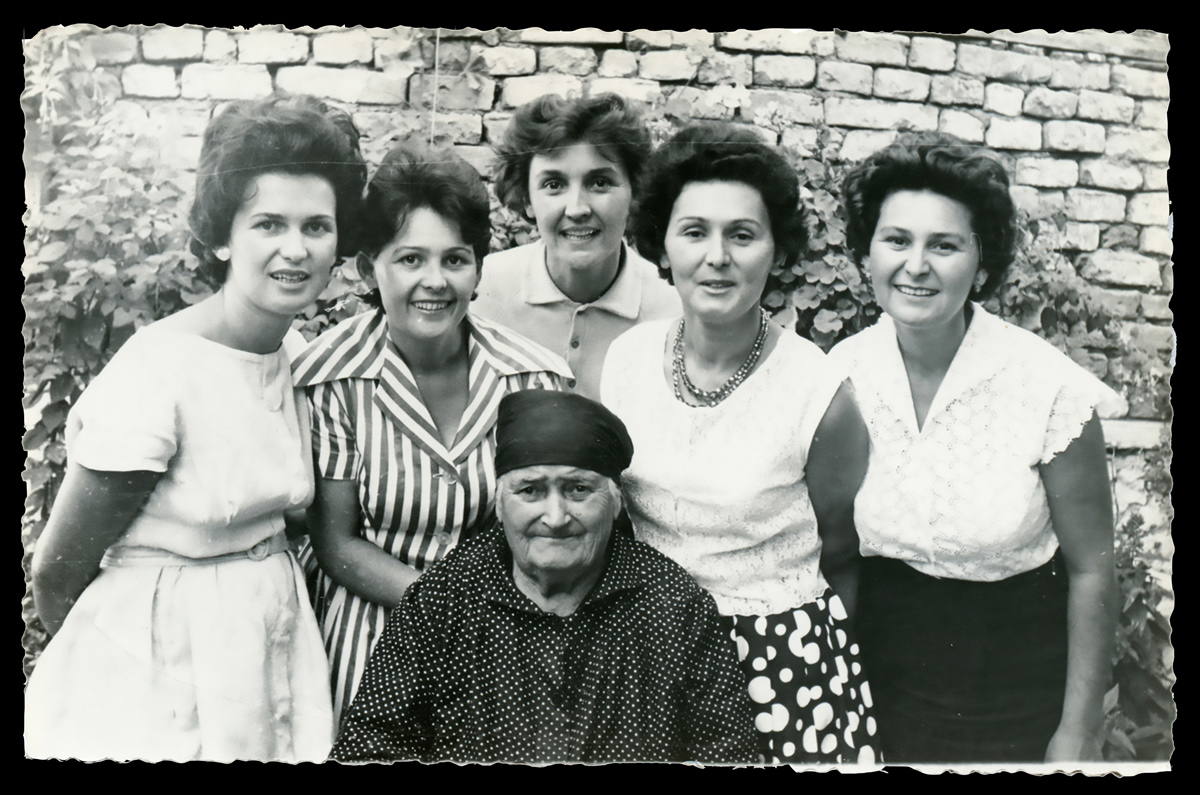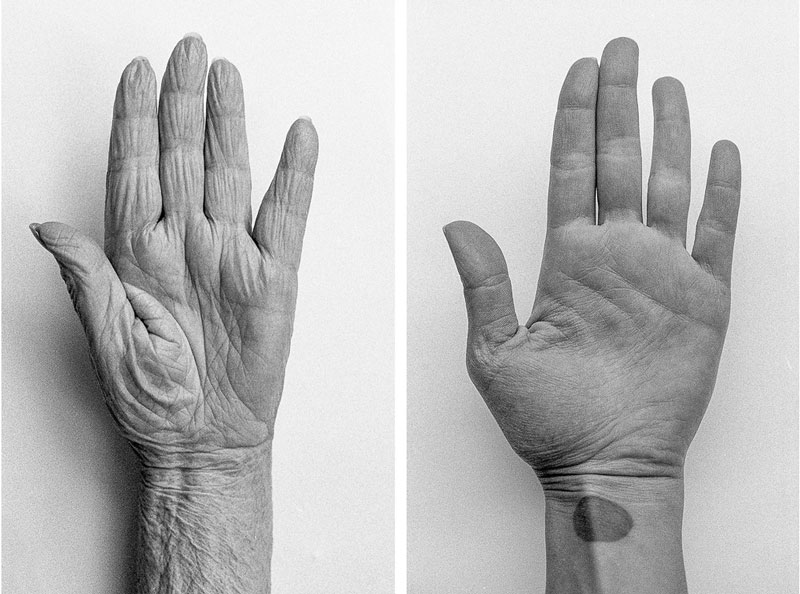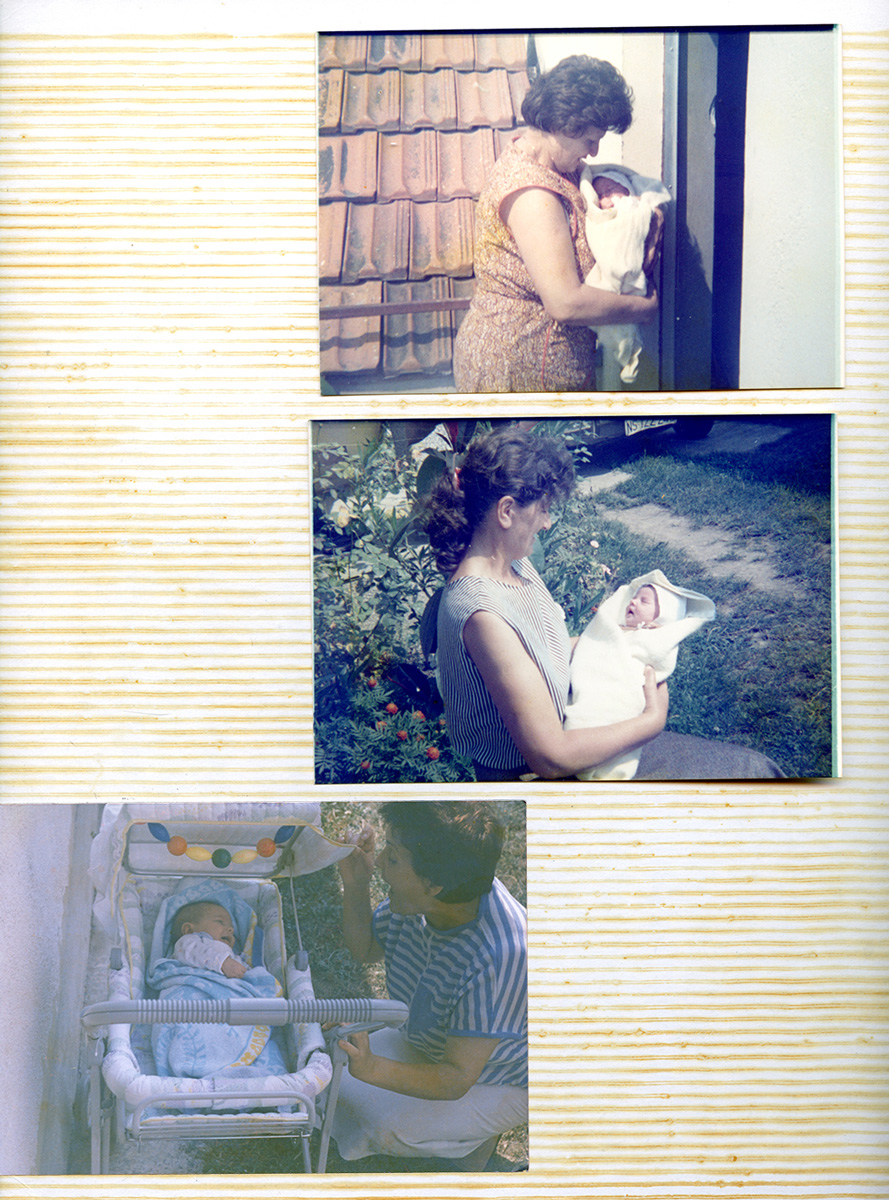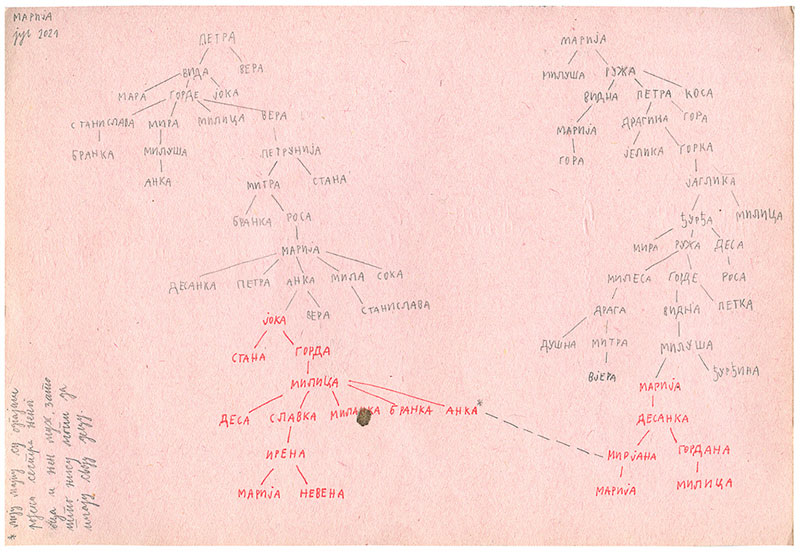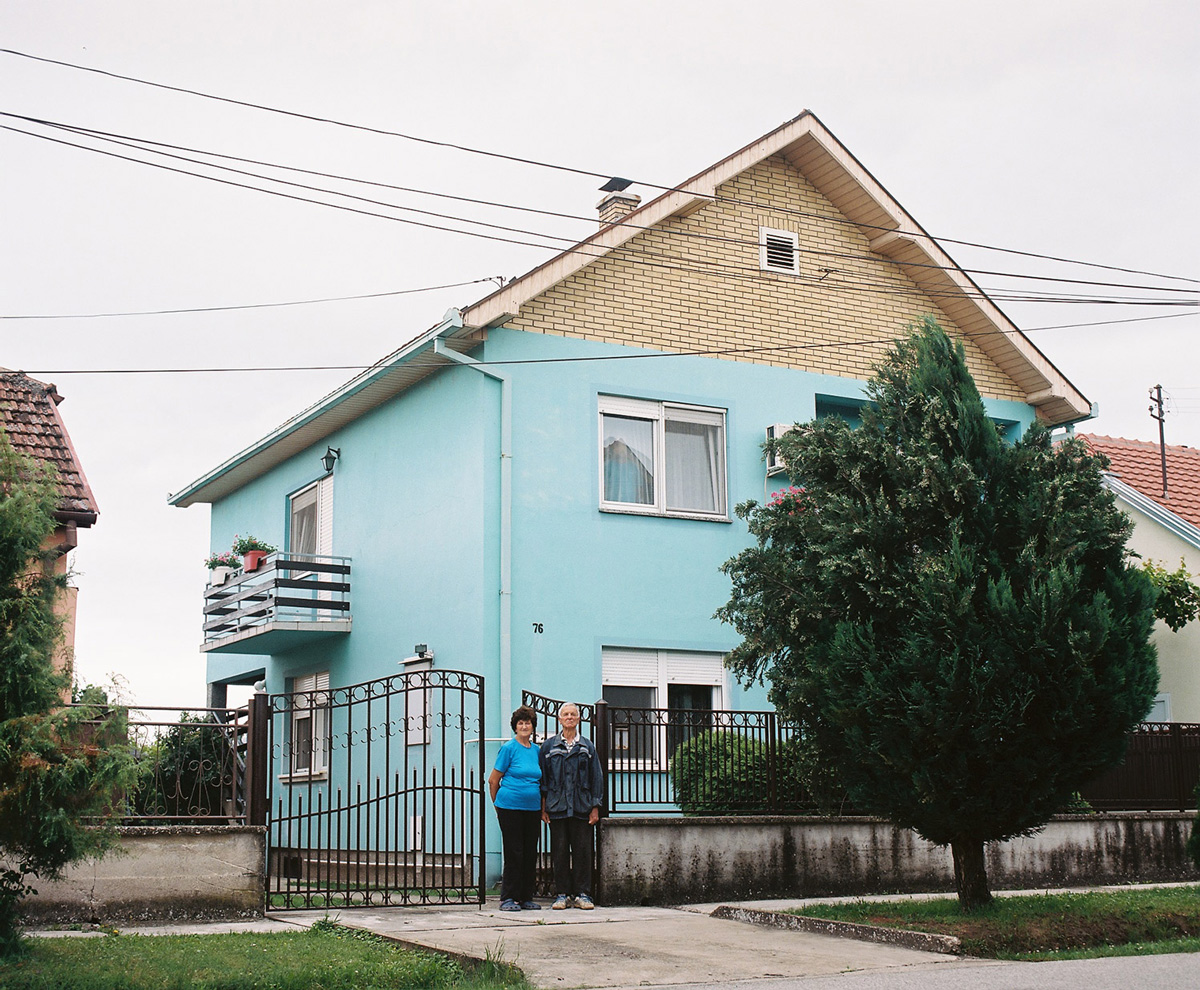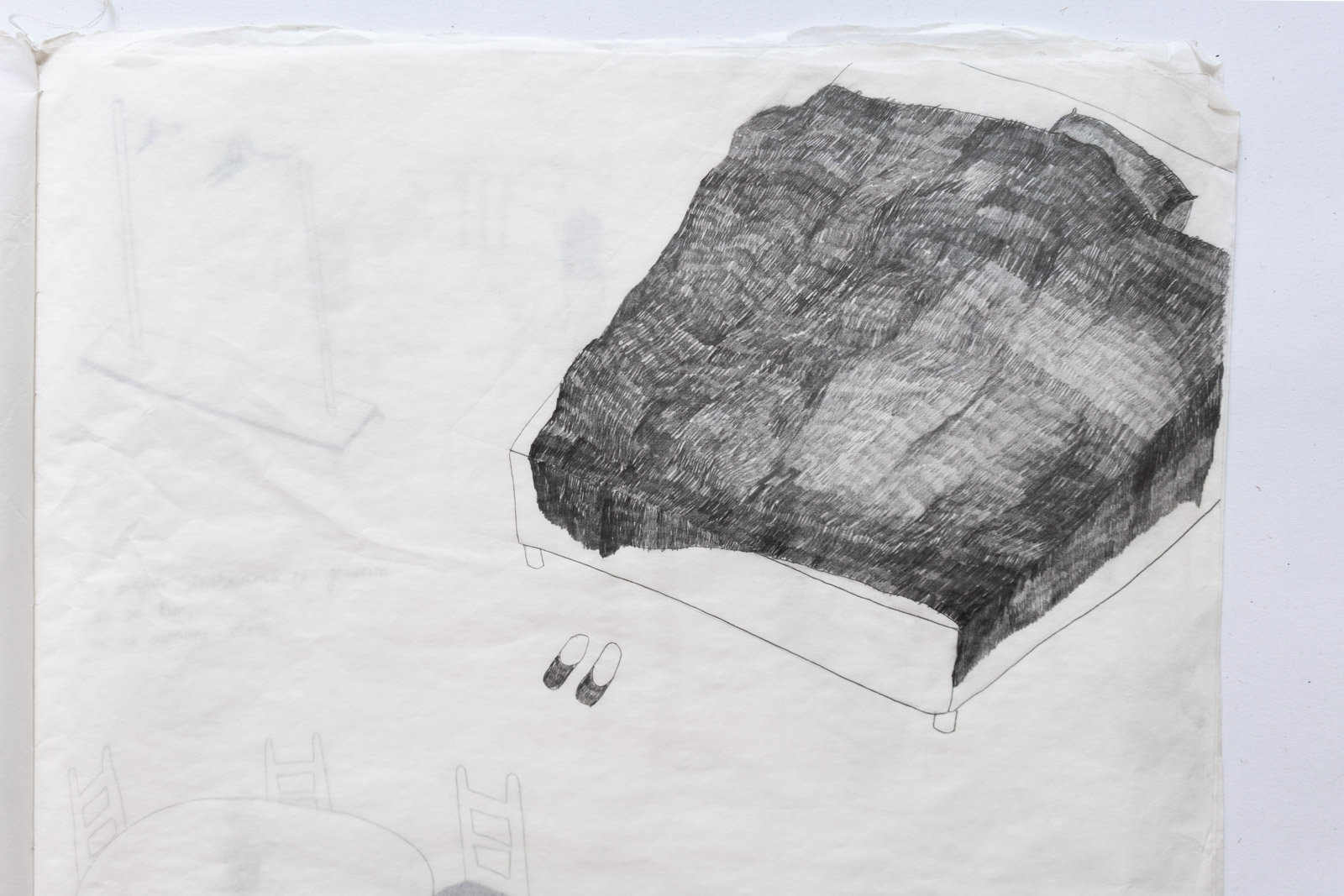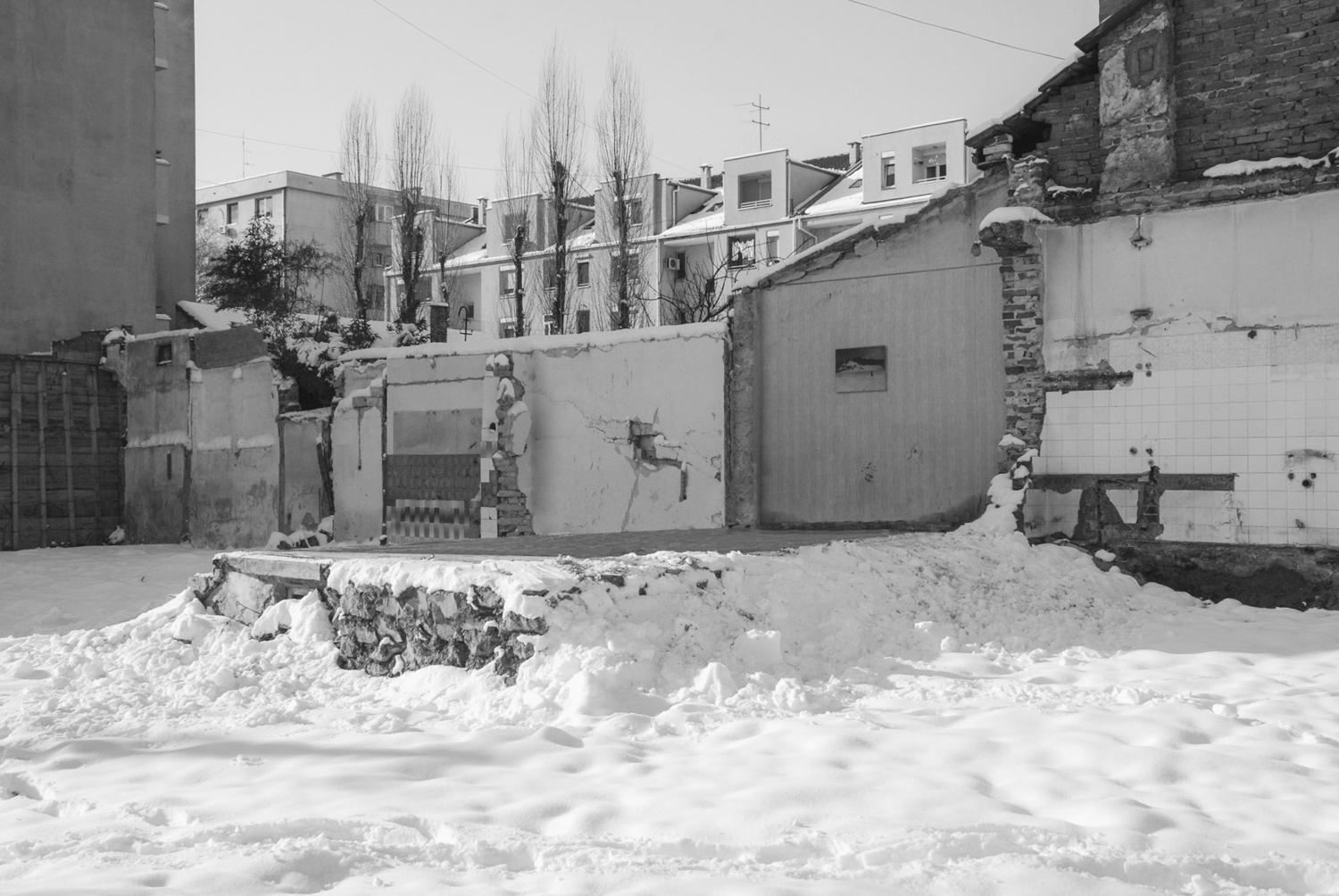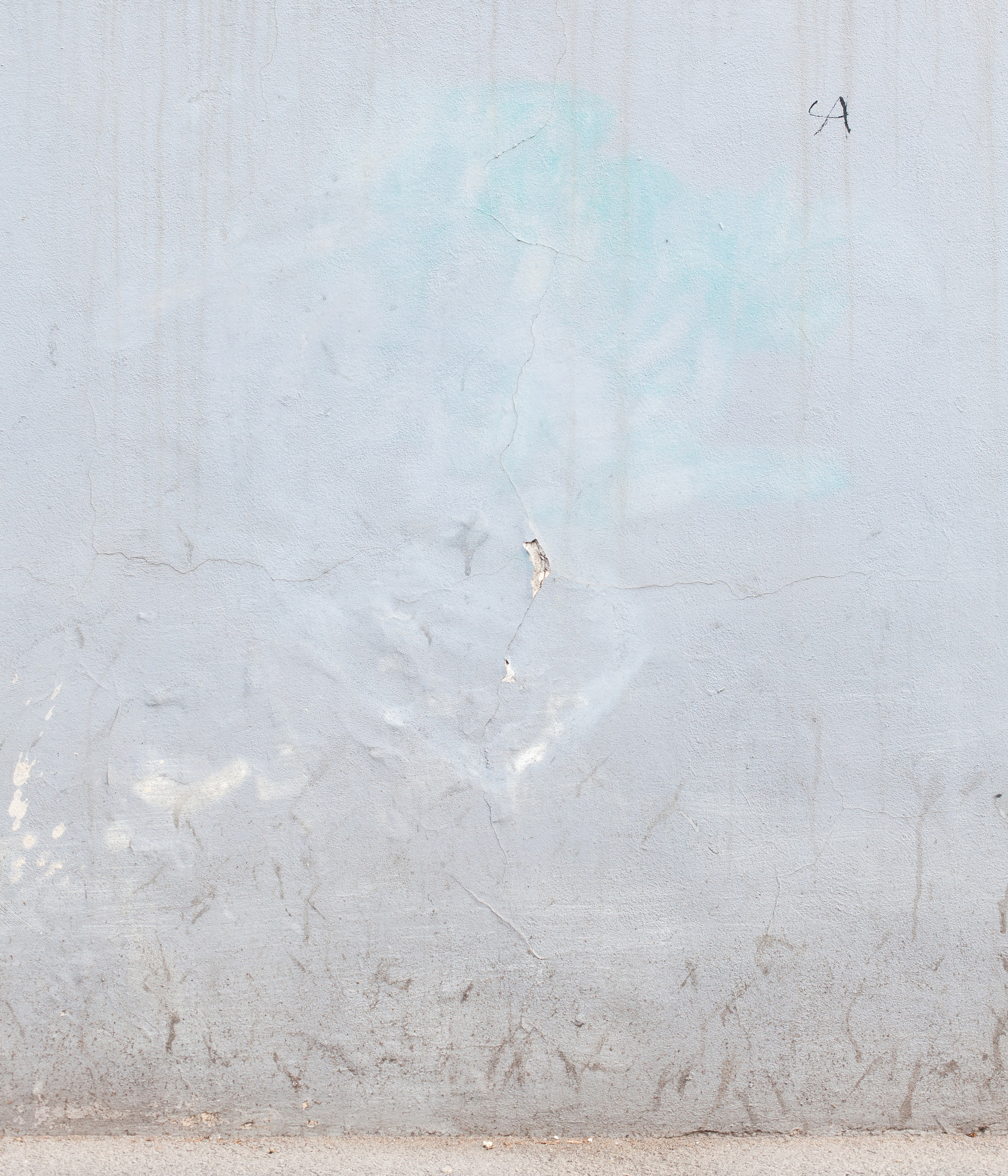White Bee (2020/24)
White Bee explores a forgotten matriarchal lineage within a patriarchal context, engaging with memory, female identity, and family ties. The work connects a distant past with personal reflections on womanhood and future inheritance, while examining the emotional, cultural, metaphysical, and biological bonds between generations, as I explore my own role within this continuum. In a time when the future feels particularly uncertain, the question of whether I too will one day be “a white bee” for someone becomes both a personal and generational inquiry. It is a reflection on continuity and inheritance, as well as their possible absence, opening a space for deeper contemplation of how, and whether, future generations can exist at all.
In my grandmother’s house, I found a family tree drawn by a distant relative back in 1971. Accompanying it was a letter to my great-grandfather, detailing the migration routes our family took from Bosnia and Albania to Montenegro in the 14th and 15th centuries. It also traces the blood ties between generations of men, each prominently listed by name, all leading to the branch of the family I belong to today. In contrast, one mention stood out: the foremother of our family fraternities, whose name remains lost to time, overshadowed by the weight of patriarchy.
In Serbian tradition, this archetype of the mother, the earliest known female ancestor, is called bela pčela (eng. translation a white bee). Not much is clear about the term, especially since it's so rare to even find a family tree that acknowledges women. However, this mythical mother is believed to be called the white bee because she appears in the whiteness of the fog of memory and swarms like a bee in our consciousness, trying to wake us up and remind us she is still here.
Mine succeeded in that.
Her presence brought up questions of history, memory, and the overlooked role of women in a male-centered lineage. Discovering my white bee awakened something within me - it pulled me inward, prompting me to reflect on my own experiences as a woman in the early thirties and grapple with themes of fertility, reproduction, inheritance, and the deep bonds with the women in my life—my mother, aunts, sisters, and especially my grandmothers.
While my earlier reflections were rooted in the distant past, the spirit of the white bee guided me to the present and gazed toward the future, posing a symbolic question: will I be a white bee to someone?
*Part of the project was developed under the VID Foundation for Photography grant.
Works
